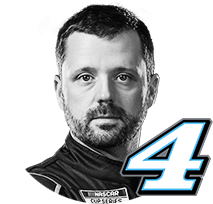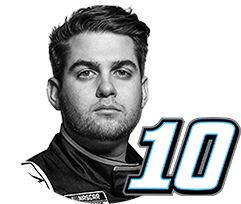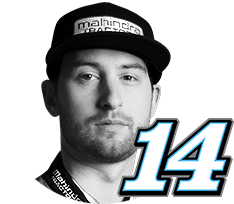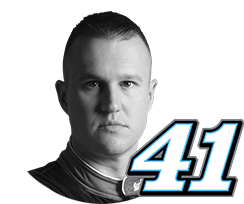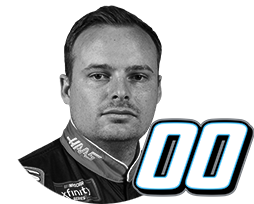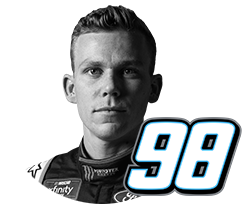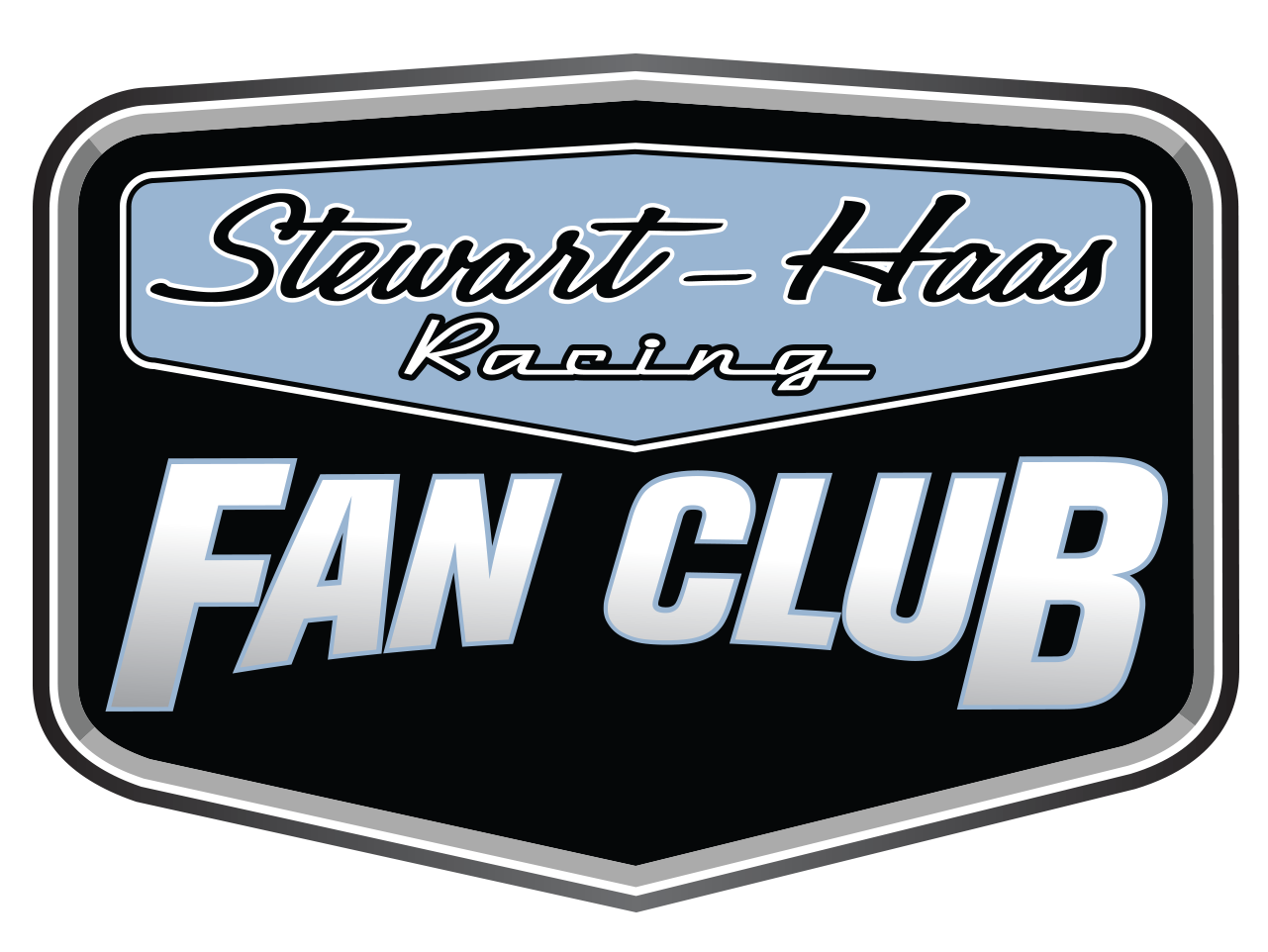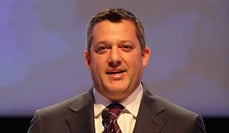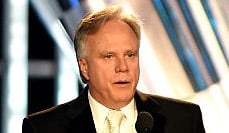For years, when Stewart-Haas Racing (SHR) driver Kurt Busch would head to Talladega (Ala.) Superspeedway or Daytona (Fla.) International Speedway, he’d wonder if the race at hand would be the one – the one in which he’d finally be able to pull into victory lane and complete the checklist of having won at every type of track on the Monster Energy NASCAR Cup Series circuit.
From the shortest racetrack – Martinsville (Va.) Speedway – to a road-course victory at Sonoma (Calif.) Raceway, the driver of the No. 41 Haas Automation/Monster Energy Ford Fusion had won at almost every type of track. He’d won on racetracks ranging in length from .526 of a mile, .533 of a mile, .75 of a mile, 1 mile, 1.5 miles, 1.99 miles and 2 miles. He’d celebrated in victory lane at the high-banked ovals and flat tracks. He’s even had a seat at the head table at the year-end banquet.
But one trophy eluded Busch. He’d won 28 NASCAR Cup Series races, but never a points-paying one at either of the two restrictor-plate tracks – Daytona or Talladega. That all changed in February. After 17 years of trying, Busch was finally able to check that box. And he did it in a big way, by winning for the 29th time in his career, at the 2017 season-opening Daytona 500.
The win was significant on many levels. Not only was it his first win in what is arguably NASCAR’s most renowned race, it was SHR’s, as well. It was Busch’s first race behind the wheel of a Ford, the manufacturer with whom he won the 2004 Cup Series championship, since November 2005. It was the first outing for SHR with the Dearborn, Michigan-headquartered manufacturer. And, for Daytona Beach native Tony Gibson, it was his first trip to victory lane at the famed speedway as a crew chief.
So, while Busch is now one of just a handful of drivers who own victories at each type of racetrack, his focus can shift to winning at each active racetrack on the NASCAR Cup circuit. He’s found his way to victory lane at 15 of 23 active racetracks on the circuit and can now shift his focus to checking those boxes. He’ll head to Talladega this weekend looking to return to his winning ways by putting a check in the win column there.
In his first start at Talladega in April 2001, Busch recorded a third-place finish, which happens to be his best at the 2.66-mile superspeedway. He’s finished third there three times since – in April 2002 and 2007, and October 2006. But this time Busch has the confidence he can improve on those results despite not having the same race-winning Ford Fusion he had at Daytona in February. The Daytona 500-winning racecar traditionally goes on display for a year at the Daytona 500 Experience Museum.
This weekend, Busch would like nothing more than to add another win to his already impressive resume. Not only would a victory cross Talladega off his win list, it would also give Busch and his No. 41 team a second victory in 2017 and another five valuable bonus points for the NASCAR Cup Series playoffs. With his postseason eligibility already in place, they can head to Talladega and welcome the opportunity to race aggressively for the win.
KURT BUSCH, Driver of the No. 41 Haas Automation/Monster Energy Ford Fusion for Stewart-Haas Racing:
Talk a little bit about racing at Talladega.
“It’s so difficult to predict Talladega. You can ride around in the back, or charge up front all day and, either way, your day can end with your car on the hook. You just hope to have Lady Luck guide you to a good finish. Restrictor-plate races have turned into this pattern that it is hard to have any type of advantage over any other team. It just comes down to being in the right place at the right time.”
Restrictor-plate racing has been described as a 200 mph chess match. How would you describe it?
“That’s pretty much it. You’ve got to be able to know the draft, understand the draft, use the draft, block other guys, find holes, make holes. It’s definitely a chess game because you’re always thinking three or four steps ahead. It’s tough to get caught up when you make a mistake. You’ve got to quickly get rid of that and put together a new plan. At the end of the race, everybody is saving their best for the end. Cars are just going everywhere. The plan you thought you had, you’ve got to make a new one. You’ve got to go on the fly.”
In order to be successful in a restrictor-plate race, you need some assistance from other drivers. How do you get that assistance when every driver out there is trying to beat one another?
“Cash? I don’t know. There are certain guys you know to draft with. There are certain guys you know they’re going to be tough. There are certain guys you might see work their way up, like the Fords always come in strong with Front Row Motorsports. The Roush cars are always there. The Penske cars have been tough the last five, six years at the restrictor-plate races. So, you just get a gauge as the race goes on who’s been up front all day. But you’ve got to keep track of the guys who have been hanging out in the back and they’re going to show up at the end.”


